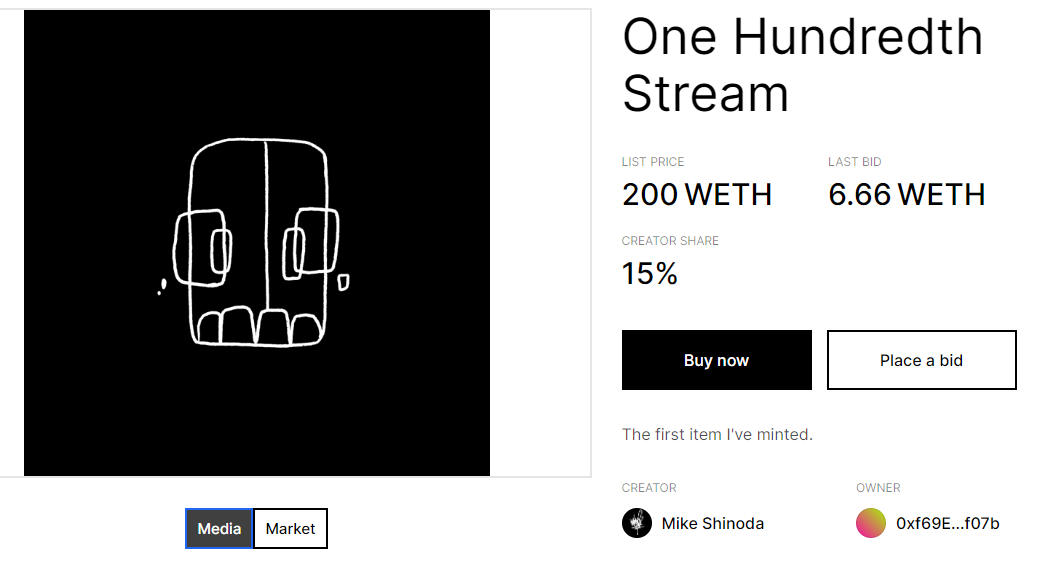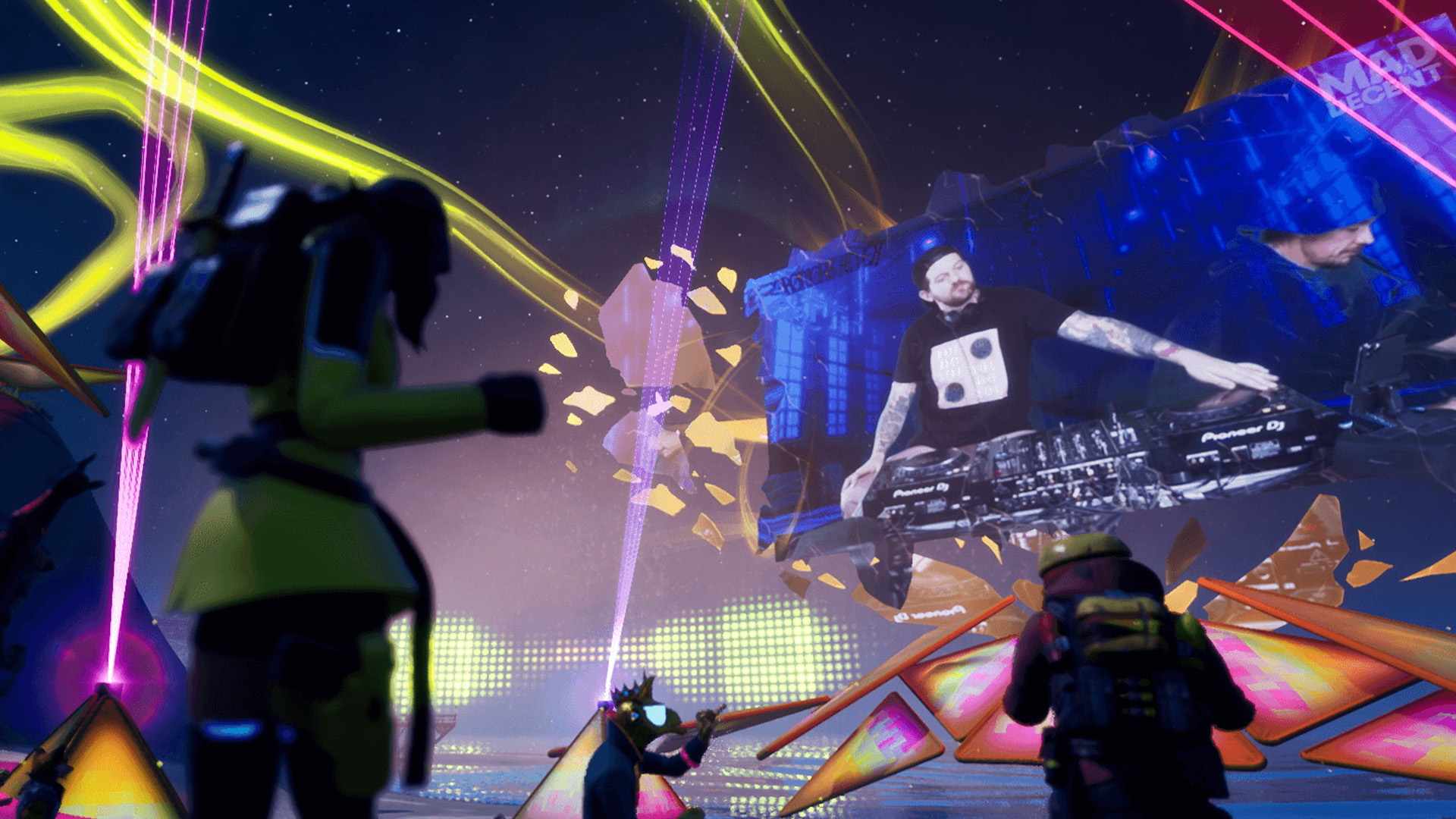Livestreaming is a concert without an audience in proximity to the musicians. Marshall McLuhan, in his seminal Understanding Media, argued that humans share an ineptitude in understanding the nature and the effects of new technologies. We cannot help but view these technologies as a new form of an old technology we’ve become accustomed to. McLuhan called this the horseless carriage syndrome, because he used the example of the first cars and how people perceived them. In the late 19th-Century people saw automobiles simply as horseless carriages. Moreover, the first cars looked like horseless carriages with the driver at the front on top. Similarly, TV was first seen as radio with moving pictures. And now livestreams are viewed as concerts without an audience. The problem, according to McLuhan, is that we place too much emphasis on the content whereas the medium is actually what matters more. In other words, we should focus on the potential of a new technology and how it can affect change in the way we think and act in the world. Let’s explore what it means to imagine livestreams not as concerts without in-person audiences, but instead as a new medium with its own specific affective capabilities. Furthermore, this medium requires its own language and marketing.

Approaching a new medium in terms of its predecessors
Cherie Hu has just written an excellent piece confronting us all with the disconnect between the hype for livestreaming we’ve seen during the pandemic and the demand that now exists for them. She calls for a “much-needed reality check about the viability of the format as a standalone business model for concerts.” And there lies the horseless carriage syndrome. Hu critiques the fact that people within the industry have put a total addressable market (TAM) up for livestreams that is bigger than that for concerts. That TAM comes from the basic notion that a livestream is a concert for people who cannot attend the in-person gig due to geographic constrictions. It’s a good sell, but in Hu’s words, we’re better off talking about a “total unaddressable market” in that case.
The idea of viewing livestreaming, and its potential, in terms of how much people want to attend an in-person gig also comes back in recent M&A examples. When Live Nation acquired Veeps, they did so because they want to equip the venues they operate for livestreaming. The thinking behind that is that it will increase the scope, the TAM, for those concerts. In the words of Live Nation CEO Michael Rapino,
“this business is a compliment and promotion to the core concert … we’ll be streaming a lot more of our concerts to fans that can’t show up to the event, or some that may want to stream on our app when they’re at the event because of some added value of digital backrooms or camera angles … Looking to the future live streams will continue to unlock access for fans – whether they are tuning into a sold out show in their hometown, or watching their favorite artist play in a city halfway around the world. The most critical element of live streaming is the artist on stage.
Again and again in this quote we see Rapino likening the livestream to the concert. He thus keeps the concert, Live Nation’s core business, the core of the fan experience. He even goes so far as to say that the artist on stage is the most critical element of any livestream. Of course, he also hints at what differentiates the livestream as a medium from a concert. For example, he mentions the variety of camera angles or backstage access. In other words, there’s levels of interactivity of intimacy connected to livestreaming that differ wildly from the in-person concert. The latter gives a fan experience centred around a shared feeling of energy-exchange between fan and artist. The simple fact of having multiple bodies in one room creates a shared energy unequal to anything else.
Moving to the virtual
What’s interesting is that even people who are heavily invested in changing the narratives around the horseless carriage of livestreaming fall into its trap. Jon Vlassopulos, global head of music at Roblox, still talks about the metaverse as “an infinite venue.” To be fair, he also reframes the livestream outside of the concert-terminology:
“They’re a unique, creative and novel way for them to express themselves and their music and engage with their fans in a hyper-immersive, social setting.”
For Vlassopulos this also means that the TAM for these livestreams, or virtual in-game events, are endless. And that’s the kind of horseless carriage comparison that Hu is trying to steer away from. She, helpfully, points out that just making virtual shows more engaging isn’t necessarily going to translate into more engagement. Vlassopulos, in contract, tries to sell the idea of a concert in Roblox as a way for artists to reach as many people in one go as they can do with an 18-month world tour. But we shouldn’t be comparing those two things. They’re separate and we need to start thinking about them as such.
Let’s drive a car
One way of thinking about livestreaming as separate from in-person concerts is to look at the medium and its distribution. I’ve written previously about a ‘waterfall strategy’ for livestreams [paywall]. In that piece I also reach back to McLuhan and his notion of ‘hot’ and ‘cool’ media. The former is high-fidelity and low-participation, while the latter is low-fidelity and high-participation. In terms of livestreams I called the type of quick-and-dirty Twitch or Instagram livestreams cool media while the highly produced efforts of a BTS, Billie Eilish, and Dua Lipa were hot media. Of course, the first two of those did a great job of including more interactive elements that showed the potential of livestreams as a medium. However, only the latter focused on distribution after the original livestream date. The medium of the livestream, especially, lends itself to this type of continued engagement. It should, then, be a focus from the moment of inception.
In terms of McLuhan, what really affects us in a concert is that the medium allows us to feel the energy of loud music and other bodies moving in unison. And what really affects us in a livestream comes from a feeling of intimacy with the artist, a moment of interactivity between artist and fan(s), and a close-up way to watch a musician in action. Moreover, any good livestream will not simply point cameras at musicians, but use the function of the camera, its angles and the way it can direct viewing. Jeff Daniels, who besides being a great actor is also a singer-songwriter, has some great insights in how this works:
“[I]t’s got to hit them different, these live streams. I’ve seen some artists go on the Ryman stage or wherever and they try the light show and the whole thing, and it’s everything except the audience. Instead of trying to give them something that it isn’t, is there something that that doesn’t do? That’s what I’ve tried to figure out with the live stream. It’s like shooting a medium close-up when you’re film acting. And if you’ve got a floating camera like we do — our third camera kind of moves in and out — that’s bringing the audience in. You’re showing them where to focus. It’s like the difference between movies and theater. Theater you sit in the audience and you’ve gotta be the editor. You have to look over there, or cut to him. You’re the one turning your head. In movies, we do that for you. We cut to her, or to the car.”
That, in a nutshell, is how the medium of the livestream changes the consumption of the content – music – from an in-person concert. In other words, we need to start thinking about livestreaming as a medium starting with a camera, with an image.
Let’s get others to drive along
So, if you think about livestreaming like Daniels does you need to find musicians who can play in front of a camera. That means they need to pull in the viewers one by one and give them all the feeling they’re playing specifically for them. But before that connection can take place, fans need to be convinced to buy a ticket and watch the livestream in the first place. If anything should be taken away from Hu’s piece it’s that telling people that a livestream is an online concert isn’t going to work. Instead communication around livestreams should focus on what makes it unique. A year ago, Bas wrote a great piece showcasing 8 generatives that can help livestreams or virtual music shows stand out from real-life experiences.
In your communication and promotion for a livestream, then, focus on what makes this medium unique.
- Intimacy
- Interactivity
- Storytelling elements
- The feeling of someone playing just for you, as a fan
- Ideally, the livestream should really be live. Messaging should then focus on that ‘live live’ element
- It’s a unique experience that’s unlike any other way to experience music
Wrapping up: a new art form
My conclusion here is short. Livestreaming is a new art form and expressions of it should reflect that. Use the medium of livestreaming and the cameras to bring out the creative vision of artists. Push for producers and musicians alike to bring out the art of the livestream. Moving forward we’ll see more and more creative interpretations of this art form. In parallel to that, communication around livestream should reflect that. The use cases and the marketing should help amplify getting broader audiences on board with the unique medium of livestreaming.







